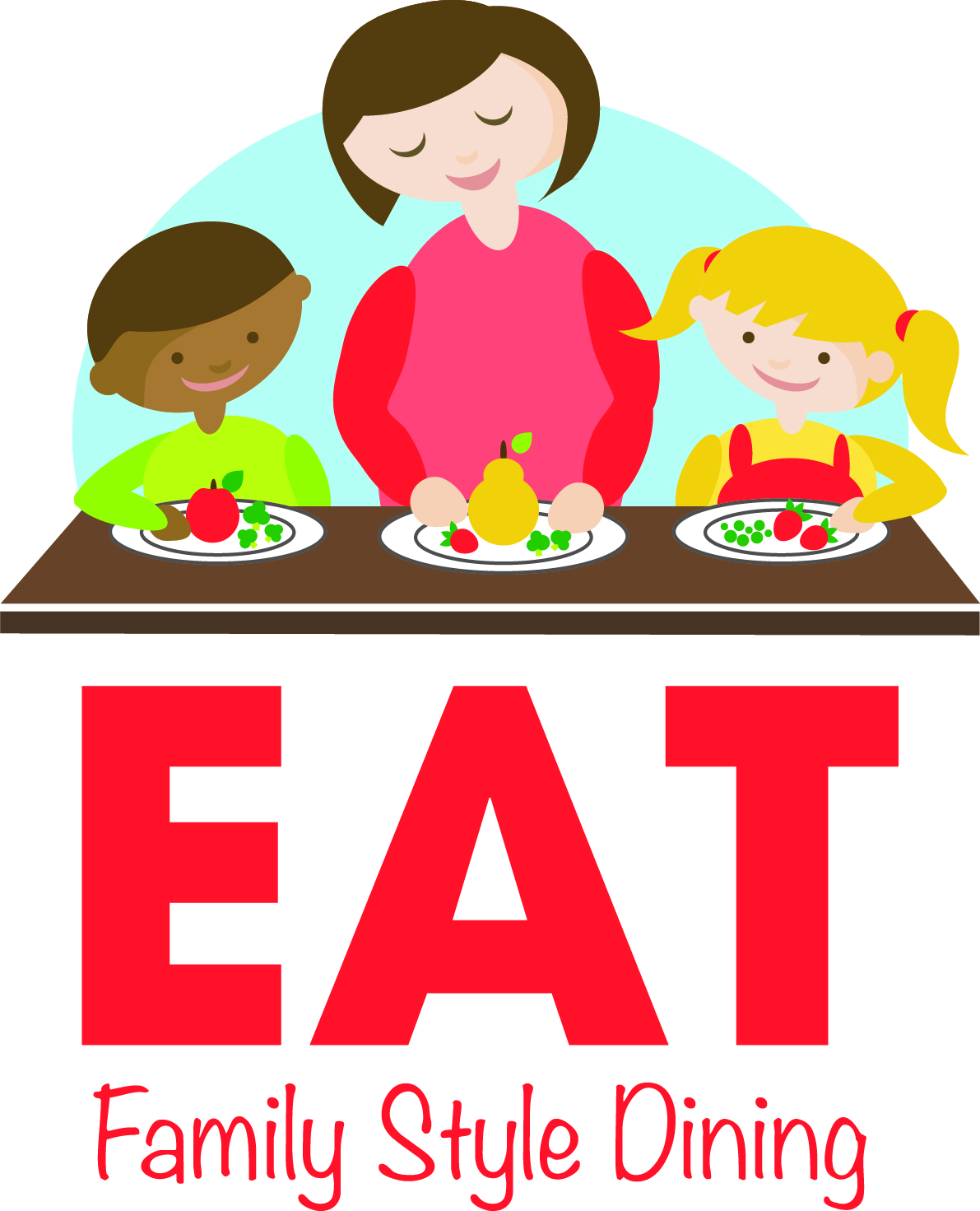

Family style dining is a widely recommended practice for feeding children in childcare National child care standards such as the Institute of Medicine, USDA’s Child and Adult Care Food Program and Head Start Performance Standards recommend that childcare providers serve meals family style for children between ages 2-5 years.1-4 During family style dining, providers sit and eat meals together with children and children select their own portions and serve themselves.
In addition to family style meal service, the national childcare standards also recommend that providers practice responsive feeding.1-4 EAT Family Style is an Ecological Approach To Family style dining that provides holistic training for childcare providers for meeting the recommendations for feeding young children (2-5years). This ecological approach is focused on childcare providers, young children and their families, and the childcare environment.

Author: Dipti Dev
Child Health Behaviors Extension Specialist
University of Nebraska-Lincoln

The EAT Curriculum includes 7 interactive, online lessons, each lesson takes approximately 1-2 hours to complete. Throughout the lessons, you will watch short videos and practice easy strategies to empower yourself to practice family style dining and transform your mealtime to be the most enjoyable part of the day!
All of the EAT Family Style Dining Lessons are developed based on the following national recommendations for childcare providers for feeding young children:1-4





